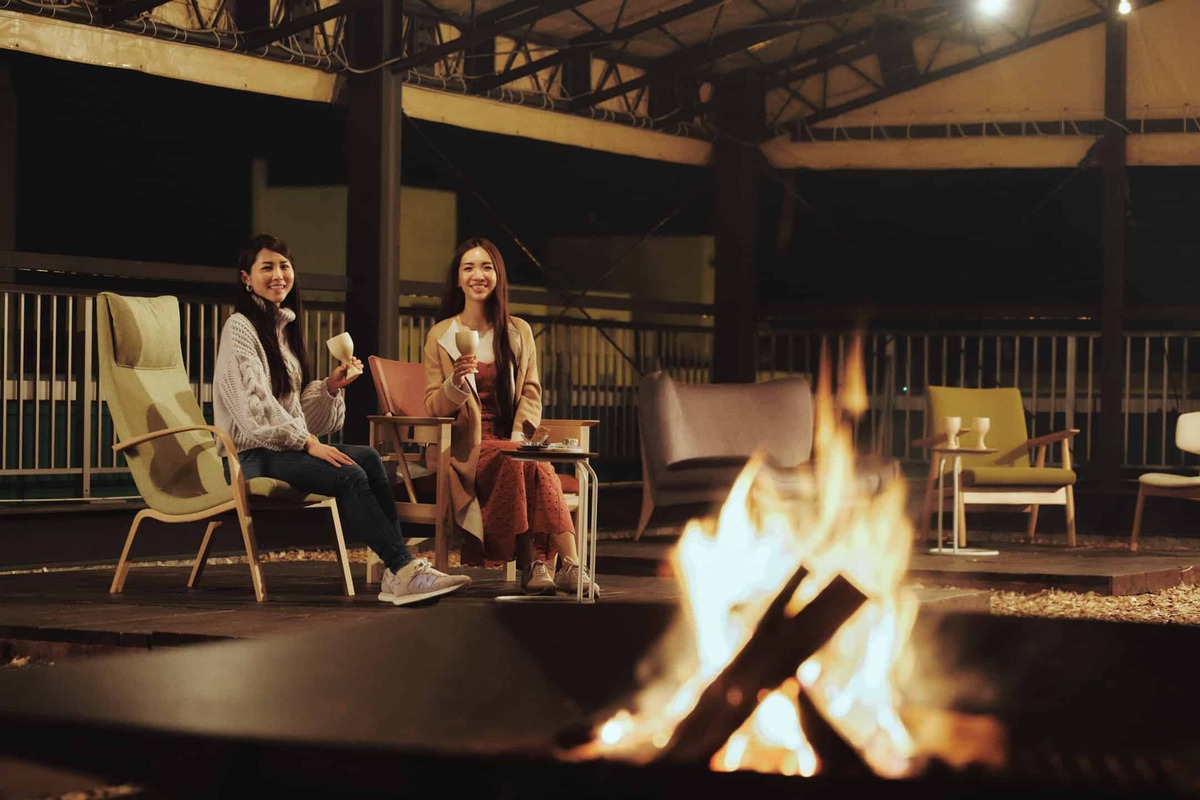Why the origin of fire is talked about in a lot of myths.
Have you ever heard of the words “Flare stack?” It’s a gas flare produced from a gas combustion device in oil or gas wells, etc. I once lived in a port town, and there was an LNG terminal with a flare stack. At night, it looked like a flare floating in the dark sky, which always reminded me of the Greek mythology of Prometheus stealing fire from gods. Even now, we are fascinated and awed by fire like this, and I wonder how overwhelming it must have been for ancient people.
It is often said that humans developed fire or fire-making technology, and that it was the trigger that made humans different from other animals. Regarding this issue, some archaeologists insist the cause and effect are reversed. The heat of fire made food last longer. The light of fire made us be active even after dark. Using the extra time gained thanks to fire, we developed a culture. Fire makes us humans. According to the archaeologists, this is the reason why there are some myths saying that fire came from somewhere higher up. As mentioned above, Prometheus stole it from gods. In the myths of Kayapo tribe in Amazon, a jaguar (the king of animals or the symbol of power) is described as the original owner of fire.
Humans didn’t develop fire, but fire made us humans.
In the Japanese myth, a couple of gods created the country of Japan, and soon after that, the female god gave birth to the god of fire. The same as the myths of Greek and Kayapo tribe, fire is described as stuff coming from another higher world. By the way, it’s off the subject, but the female god died soon after childbirth because of burn injury. The implication of the myth is always difficult to understand or may be meaningless in the first place. Anyway, this is what I really like about myths.
As I wrote in the opening paragraph, fire not only fascinates but also awes us. In Japan both now and in the past, most of the houses are made of wood. Especially in the past when fire-fighting technology and infrastructure were not yet sufficiently developed, once fire broke out, it wreaked enormous damage. Our ancestors paid close attention to handling fire and dread fire so bad. For example, in the Edo era (1603 – 1867), arson was a serious crime, and arsonists were executed by burning.

Let’s enjoy eco-friendly bonfire on the hotel rooftop terrace in the city.
Fascination and awe. We have such slightly conflicting emotions about fire probably because that should be the optimal condition for survival, but now we can fully satisfy our feelings of fascination for fire under a safe environment. Here in Hokkaido, it’s early autumn and getting chilly day by day, the season of bonfire! One of the hotels (OMO 7) in our hometown (Asahikawa) is opening a bonfire bar on its rooftop terrace. Asahikawa is well known as a wooden furniture production area, and the wood waste produced in the process of making furniture is used for bonfire. Visitors can enjoy bonfire and drinks sitting in the chairs made by Asahikawa furniture makers including us, CondeHouse.
As I went to the bonfire bar the other day, I enjoyed staring at fire and letting my mind drift away. In addition, I found out the smell of smoke drastically change by wood, though my body and clothes were completely smoked. The bonfire bar opens for a limited time only, until the 5th of November this year (2023). For your information, the hotel has announced it will come back this Autmn on the 1st of September (2024). Why don’t you come and enjoy bonfire and Asahikawa furniture?
Photo credit: https://omo-hotels.com/asahikawa/sptopics/5652/

Shungo Ijima
He is travelling around the world. His passion is to explain Japan to the world, from the unique viewpoint accumulated through his career: overseas posting, MBA holder, former official of the Ministry of Finance.

